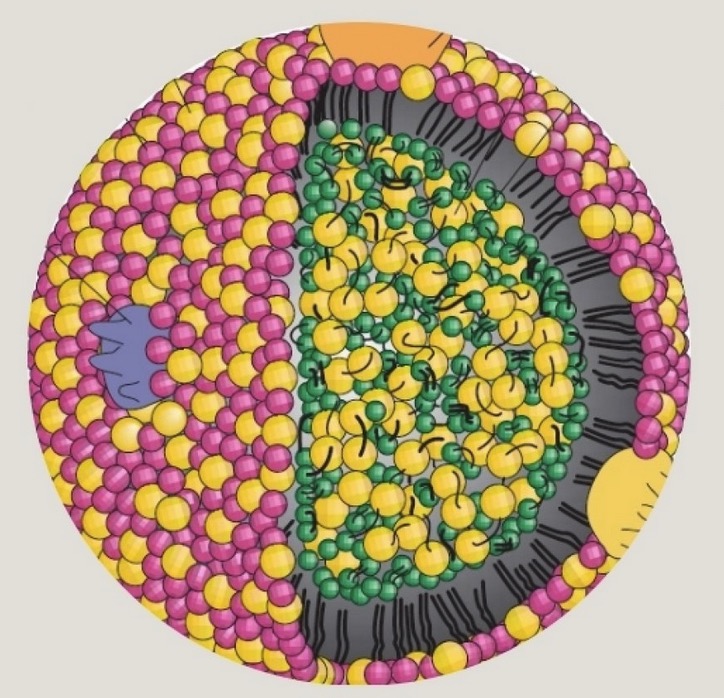Indispensable amino acid (IAA) composition and standardized ileal digestibility (SID) of five animal- and 12 plant-based proteins were used to calculate their respective Digestible Indispensable Amino Score (DIAAS) according to the three age categories defined by the Food and Agriculture Organization (FAO). Mean IAA content and mean SID obtained from each protein dataset were subsequently used to simulate optimal nutritional quality of protein mixtures. Datasets revealed considerable variation in DIAAS within the same protein source and among different protein sources. Among the selected protein sources, and based on the 0.5- to 3-year-old reference pattern, pork meat, casein, egg, and potato proteins are classified as excellent quality proteins with an average DIAAS above 100. Whey and soy proteins are classified as high-quality protein with an average DIAAS ≥75. Gelatin, rapeseed, lupin, canola, corn, hemp, fava bean, oat, pea, and rice proteins are classified in the no quality claim category (DIAAS <75). Potato, soy, and pea proteins can complement a broad range of plant proteins, leading to higher DIAAS when supplied in the form of protein mixtures and at specific ratios. Such complementarity highlights the potential to achieve an optimal nutritional efficiency with plant proteins alone.
Direct PDF here


My Notes Below
https://en.wikipedia.org/wiki/Digestible_Indispensable_Amino_Acid_Score
https://en.wikipedia.org/wiki/Liebig’s_law_of_the_minimum#Liebig’s_barrel
SIMULATE MIXTURES
Table 3 - Simulated plant protein combinations
Different plant proteins can have a huge impact on DIAAS score… i.e. don’t just pay attention to crude protein.
This is really important, the volume required to hit protein requirements is important to consider as well when evaluating protein sources. If the volume is too high it may be difficult to achieve the minimums.
Limitations:
This paper looks at mechanical effects to fit a score, and doesn’t measure outcomes in humans.
Confounders, protein absorption will also be impacted by other food consumed at the same time, which this study didn’t account for. Unless your eating exactly, and nothing else, the mixture of foods they studied (and are a biological pig) the results may not fit your lived reality.
The protein optimization at the end of the paper is just engineering to the DIAAS scores, and not measured in reality.
The paper authors have a clear bias in favor of plant based proteins given their introduction, its not a bad thing, I’m glad they made it clear.
Much appreciated! That’s an amazing breakdown